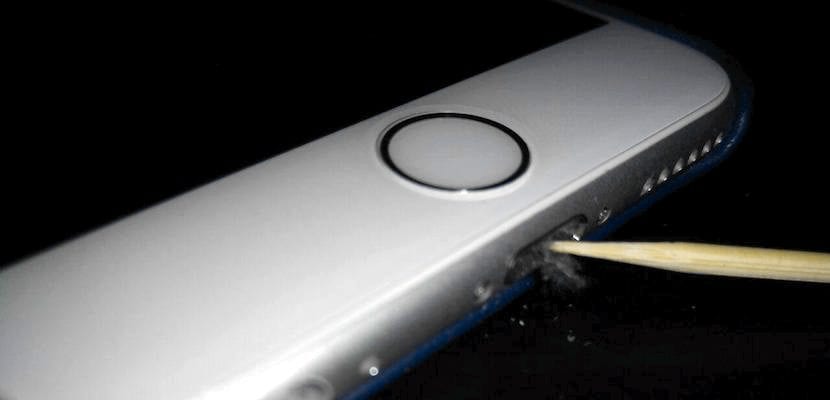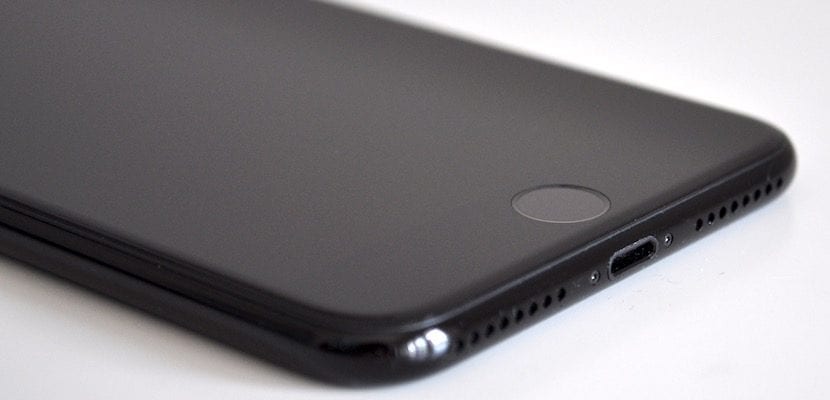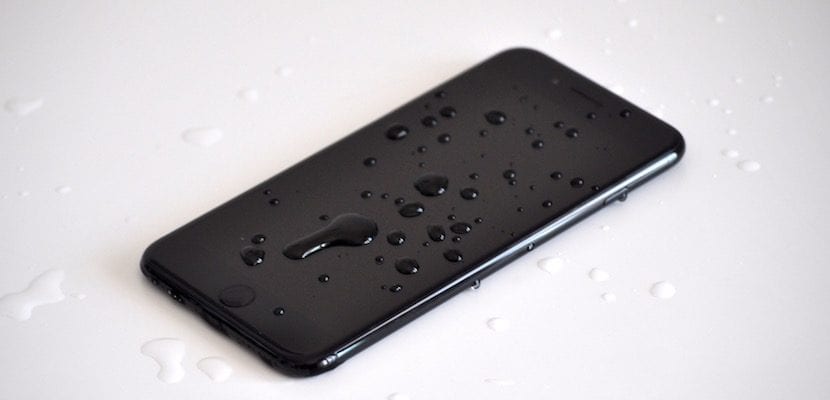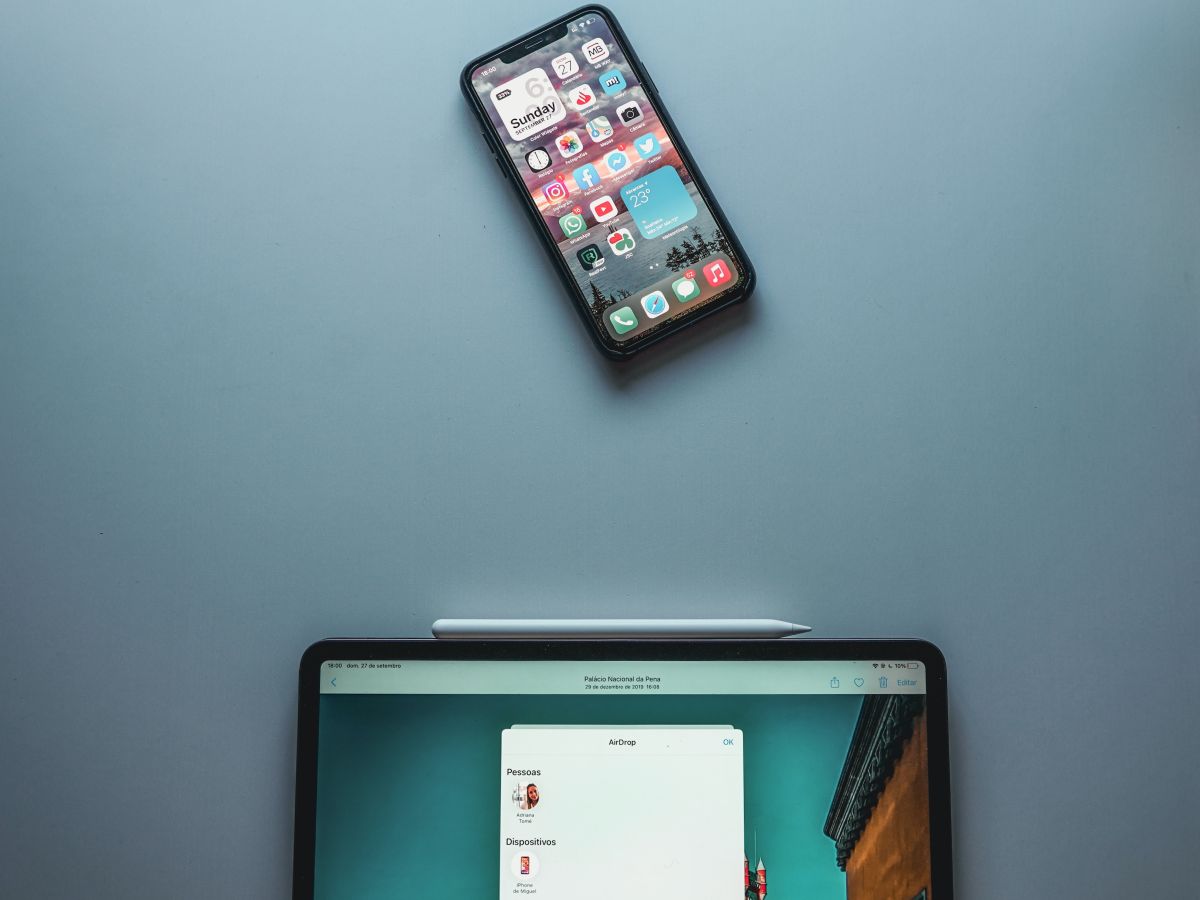
The iPhone is designed to be beautiful, although the truth is that lately the good J. Ive is not breaking his head too much. However, as it is a metallic device with few cracks, it is true that dirt tends to get inside exactly where it shouldn't. The Lightning port, headphone jack, and speaker holes are the main draw for lint, dirt, and other unwanted elements. But… Why is it so important to keep those ports clean? There are many reasons, but the most important thing is knowing how to clean them. Let's take a look at this busy and headache-intensive topic.
On more than one occasion you may have heard of someone who put his iPhone to charge overnight, and in the morning the device was plugged in but without charging. Or that other one who has lost the audio without coming to mind of the headphones through the 3,5mm Jack (if you don't have an iPhone 7 of course), the happy reason in most cases is precisely the fluff, those accumulations of cotton fibers and other types of material that ends up being introduced into our iPhone causing the elements to not make a good connection. I remember the first time it happened to me with an iPhone 5 and how nervous I got.

The cleaning protocol is quite simple:
- We take a toothpick and place ourselves in a place with good light
- We introduce the toothpick slightly inclined into the port to be cleaned
- It is important that we do not exert pressure against the bottom or the sides, otherwise we could damage the connections and the remedy would be worse than the disease.
- We will introduce the toothpick and take it out slowly trying to brush the sides
Another alternative method is to use compressed air capsulesThis is the preferred method for Apple Store technicians, but it is certainly more expensive than a toothpick.
Precautions to take:
- We will never introduce wet elements
- We will never use the stick on the sides
- Never introduce flimsy materials that could break inside the port
And finally, as you can see in the header photo, people who usually wear a suit at work or put the iPhone in their jacket, end up having to use this type of method to extract the cotton from the ports.
What do I do if my Home (Touch ID) button "creaks" when I press it?

Another negative point of the iPhone being elements with a design to the millimeter, is that any external parameter capable of altering it produces an unpleasant sensation. The most common is the classic "creaking Home button", this was much more common on the iPhone 5 although for different reasons; In the case of the iPhone 5, the membrane deteriorated easily and tended to break and cause a reduction in the effectiveness of the Home button. that made it fail. This changed with the arrival of the iPhone 5s, however, it is common since then for some users to complain of an unpleasant sound when pressing the button, as if something was obstructing the route of the button.
And so it is, a problem that users of the iPhone 7 will no longer be able to complain about (the Home button is not mechanical), but that many other users suffer. It is generally due to the fact that a bit of sand or dust has been introduced through the holes in the Touch ID fruit of the wind or any other type of sudden movement, and it is the most unpleasant problem of all.

Contrary to what you may think, tightening it harder or shaking the device are not ways to fix it, in fact they are contraindicated. In this case, the most effective and useful method has been pressurized air. In this case we can use three techniques, from the most rudimentary to the most complex.
- We keep the Home button pressed all the way down, and take the opportunity to blow hard on it. This method works, although it seems more typical of Nintendo cartridges from the 90s, however, it can cause problems in it since when blowing, we emit a small amount of saliva that could damage the Touch ID circuits, so it would do more harm in the long run.
- We keep the Home button pressed all the way down, and we plug in a cold air pipe through the "cold" option that some hair dryers have. In no case should we use hot air, this could overheat the device, especially if it is turned on, which would lead to an unpleasant experience.
- We keep the Home button pressed all the way down, and we hit it with the spout provided by the small bottles of compressed air that we can buy in drugstores.
This is all, I hope it has served you and that you can share your cleaning methods.

You just saved me from taking the phone to tech support. Plugging it in to charge the battery was becoming a headache. Sometimes it loaded and sometimes it didn't (mostly). It turned out to be just a lot, a lot, a lot of accumulated fluff. Thanks for the info.